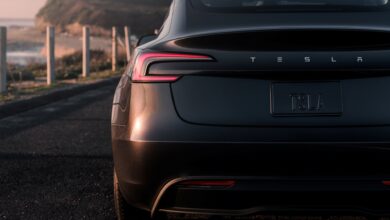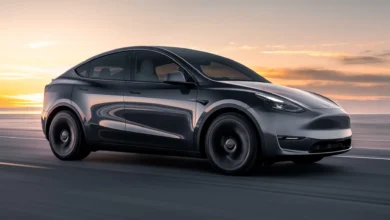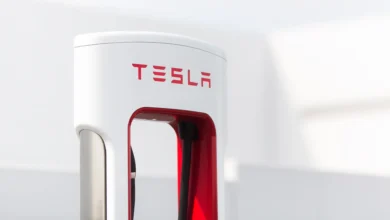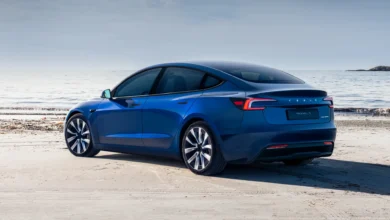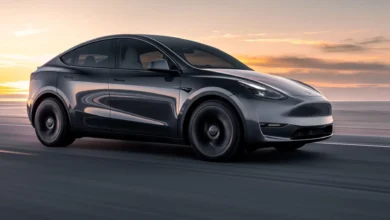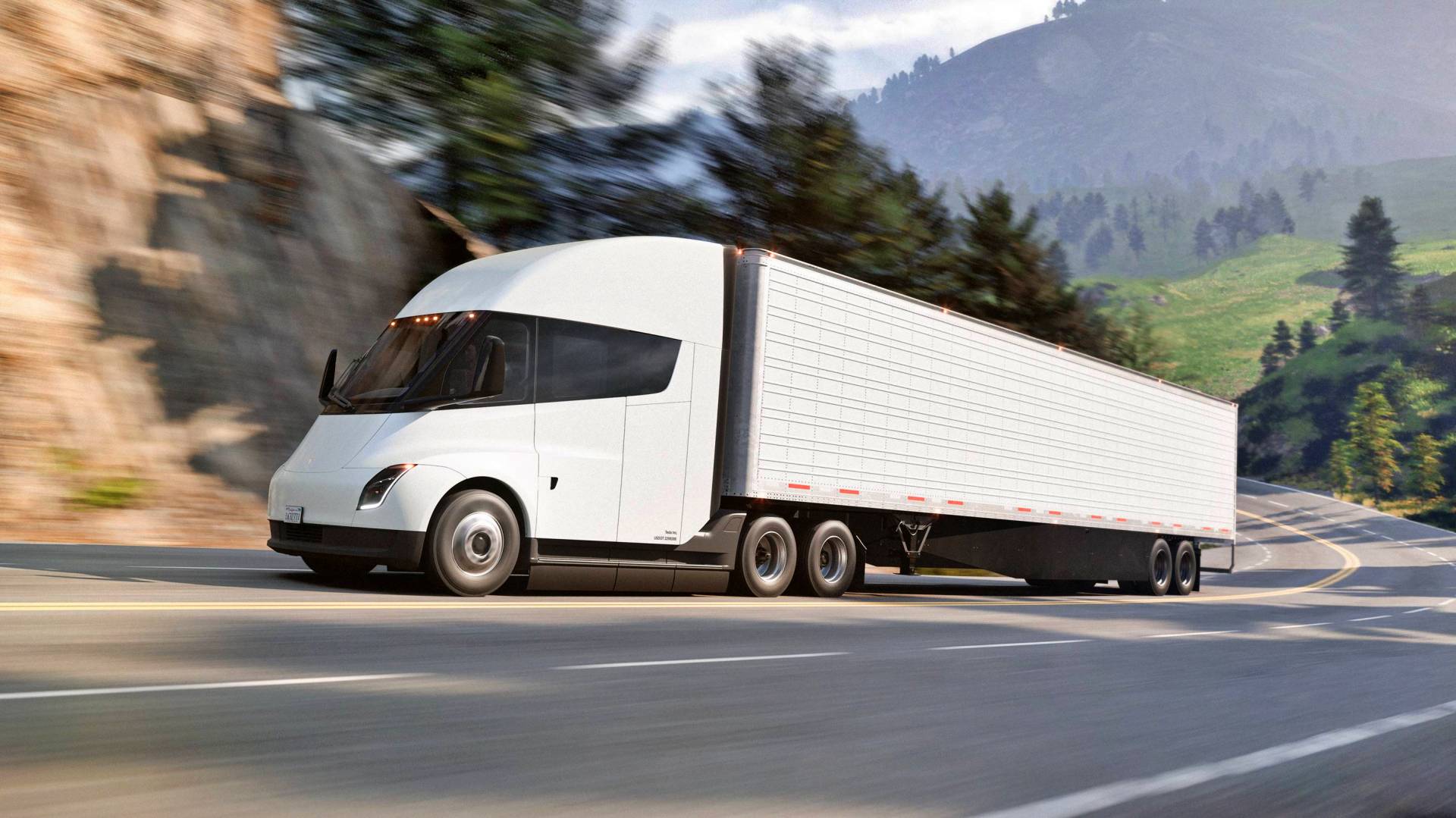
After a very long wait of five years since the presentation of the prototypes, Tesla has begun series production of its first electric truck, the Semi. Initially, this model was scheduled to hit the market in 2019, but the project has suffered numerous delays compared to the company’s initial plans.
This milestone has been confirmed by Elon Musk himself, CEO of Tesla. Truck prototypes have been rolling for years and low-volume manufacturing began a few months ago; however, the start of serial production did not take place until October 7. Deliveries for their part will begin on December 1.
The first customer to receive their order will be Pepsi, which booked a fleet of 100 units in 2017. Although the delivery of the order will take place a year after Tesla promised at the time, it does not seem that the multinational has backed down. The Pepsi units will correspond to the top-of-the-range version, which will have about 800 km of autonomy.
Like the Cybertruck pick-up, the Tesla Semi uses Tesla’s new 4680 format cells. Although the chemistry used in the vehicle has not been specified, it is most likely to be of the NCM (nickel, cobalt, manganese) type with a silicon-rich anode, a combination that on paper should offer high energy efficiency.
The Tesla Semi will also arrive in Europe
The Semi will equip three electric motors, compared to the four originally planned. Thanks to them, you can complete the 0-60 mph (0-96.6 km/h) in just 20 seconds, an impressive figure if we take into account that the acceleration has been calculated with the truck fully loaded (more than 37,000 kg). Without a trailer, it should do 0-60 mph in about 5 seconds.
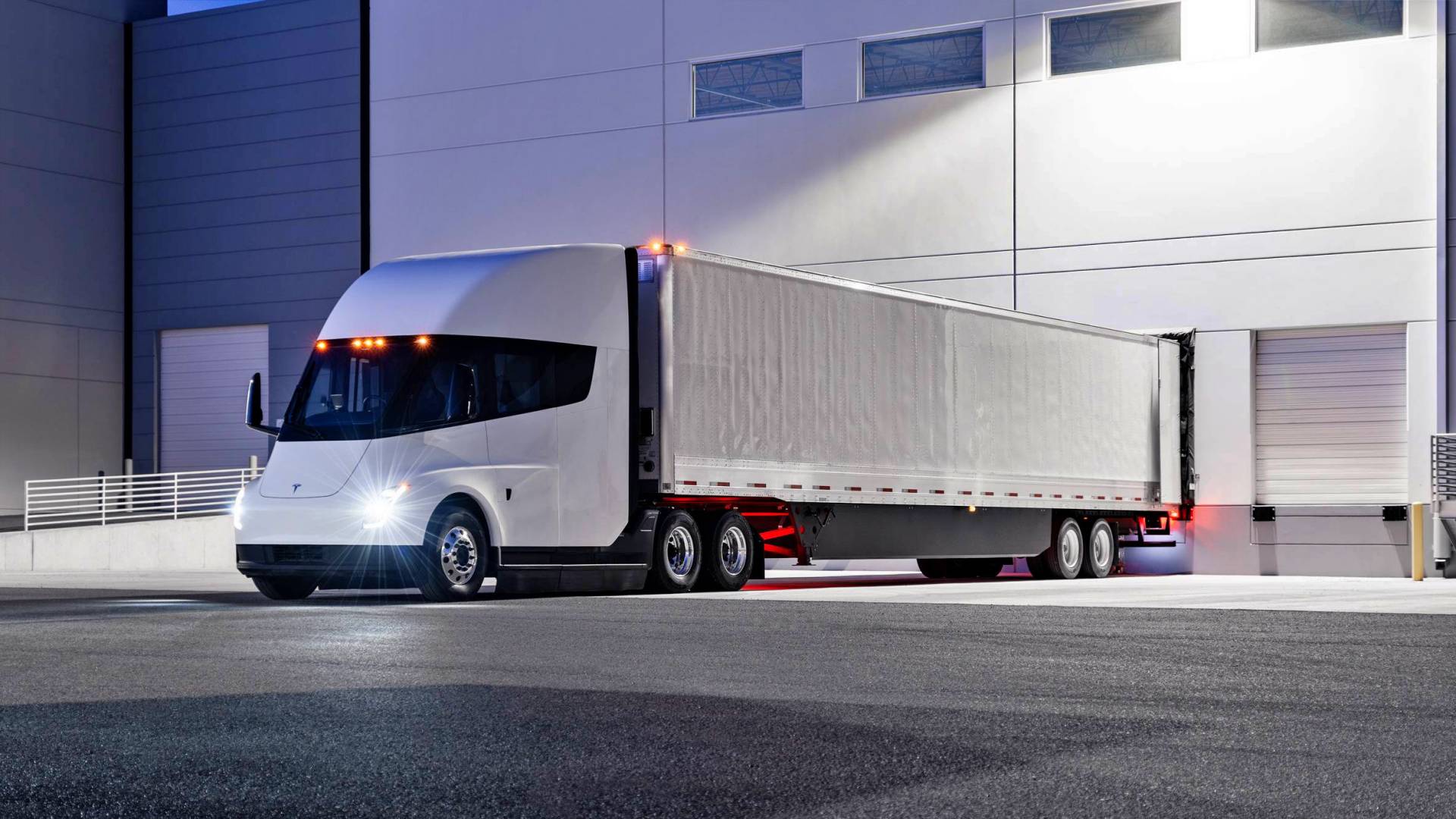
The Tesla Semi will be available with two batteries: one will give you 300 miles of range (about 480 km), while the other will get you up to 500 miles (about 800 km). Recall that, again, these figures are advertised for the fully loaded truck. In this case, the projections made in 2017 are maintained.
Consumption will be less than 2 kWh/mile; or what is the same, below 124 kWh/100 km. As for charging times, it is announced that the top model will be able to recover approximately 70% of its range (560 km) in 30 minutes as long as it is connected to a Semi Charger (formerly known as Mega Chargers). Tesla estimates that, over three years, a Semi could save up to $200,000 on fuel compared to a diesel model.
